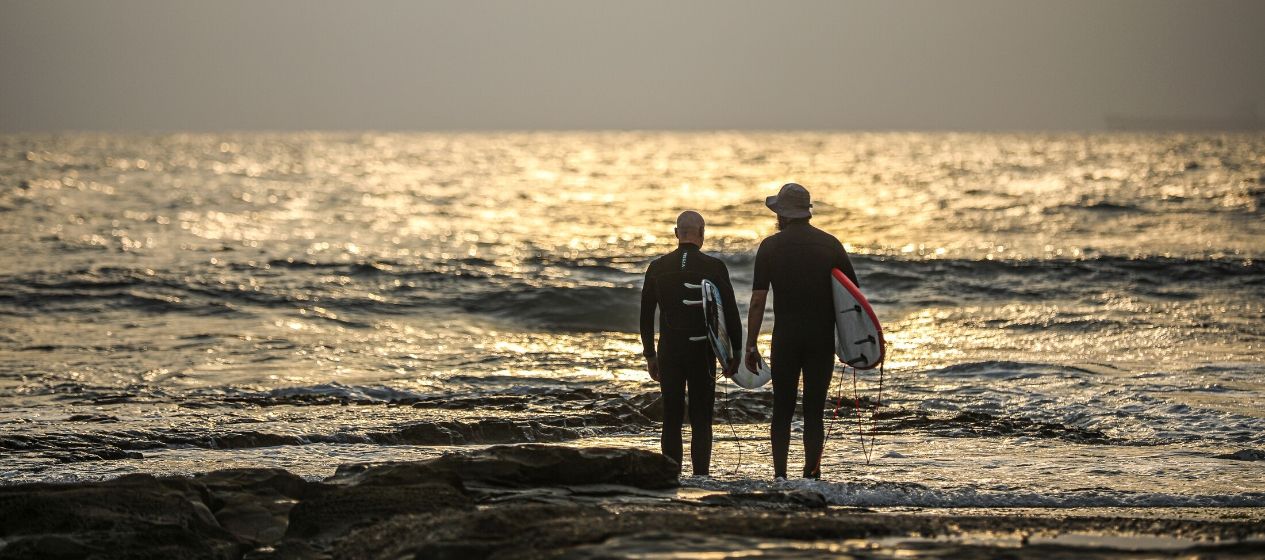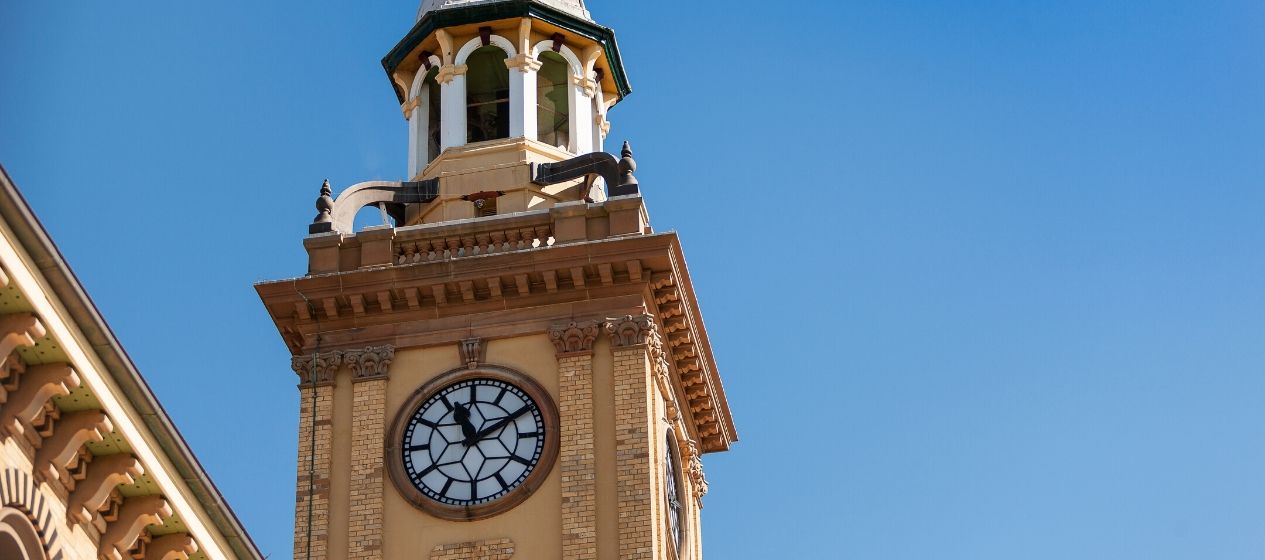All the secrets about Blackbutt Reserve
Once a coal mine, Blackbutt Reserve is now Newcastle’s beating green heart – only ten minutes drive from the city centre.
Take a stroll through the bush, meet native wildlife, be dwarfed by soaring gums and listen to a cacophony of bird calls. And the best bit? Entry is free.
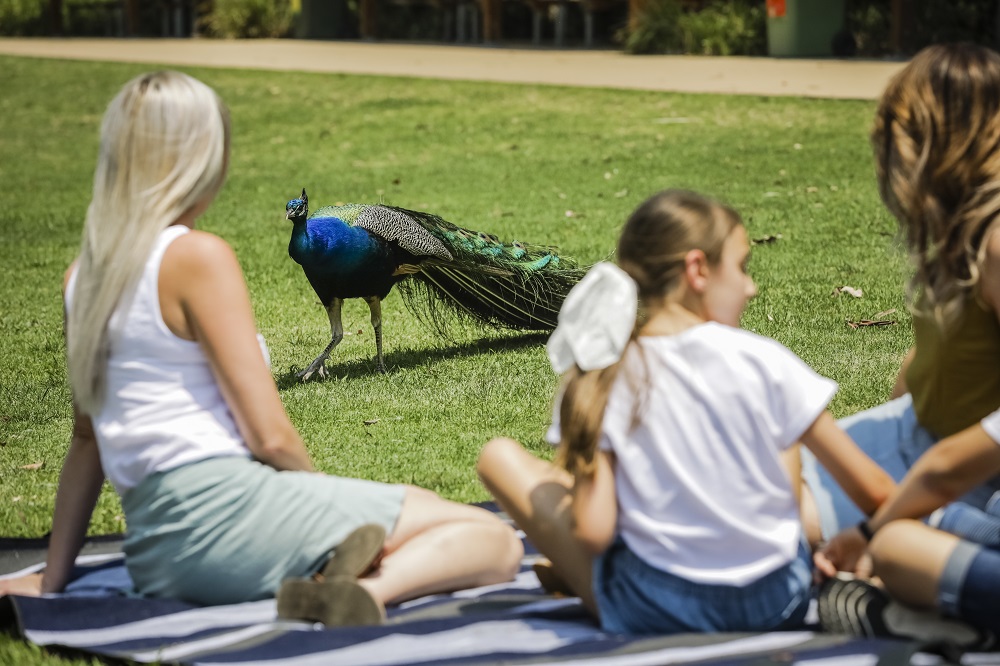
Blackbutt Reserve Picnic Area
Its name comes from the Blackbutt Tree
Blackbutt Reserve is named after the Eucalyptus pilularis better known as blackbutt, one of Australia's most important hardwoods.
Many Australian homes boast beautiful blackbutt wooden floors. While most blackbutt trees in the reserve were cut down for the establishment of a mine, remaining trees are nests for the vulnerable powerful owl. A remnant of Blackbutt’s rainforest meanwhile is home to the threatened Grey headed Flying Fox.
It's thanks to tireless campaigning that Blackbutt exists
It’s hard to believe now but during the Depression, Blackbutt was earmarked for 500 homes. Later a motorway was planned that would have cut through the heart of the reserve.
This glorious 182-hectare swathe of bush skirting Kotara and New Lambton would not exist had it not been for Joe Richley who persuaded New Lambton Council to buy 6ha of New Lambton bushland in 1934. This formed the basis of Blackbutt Reserve and Richley Reserve (part of Blackbutt) is named in his honour.
Newcastle's first female Lord Mayor Joy Cummings and local conservation groups also tirelessly campaigned for the establishment of Blackbutt Reserve.
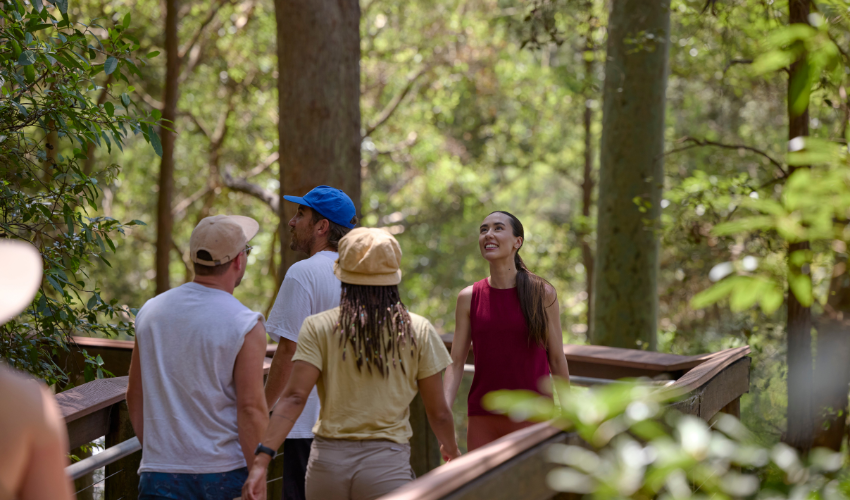
Blackbutt Reserve Nature Trail
The best time to see the koalas is feeding time
They’re the stars of Blackbutt but koalas can sleep for up to 22 hours a day so the best time to see these sleepy heads is 1.30-2.30pm (feeding time is at 2pm).
Blackbutt’s four resident koalas are housed in the main aviary which they share with birds mainly found on Australia’s east coast.
Jarrah, a cuddly 12-year-old koala – is the most affectionate of the four, says head keeper Matthew Cormack. But Chloe, Gizmo and Kirra are super cute too.
Tip: If you can, visit midweek when you may almost have the place to yourself.
You can see up to 60 animal species
Aside from koalas, take a walk along the boardwalk to see birds (including kingfishers, black cockatoos), wombats, reptiles such as the eastern long-necked turtle, diamond pythons and eastern blue-tongued lizards to name but a few.
You’ll also see barking owls, Giggle and Hoot (they sound just like a dog barking), echidnas, frogs and, if you’re lucky, tawny frog mouths (including Oscar the Grouch) and shy sugar gliders in the nocturnal house.
Feeding Times:
- Wombats are fed at 10.30am
- Rainbow lorikeets are feed a specially made nectar at 10.45am
- Peacocks freely roam the reserve while a separate enclosure is home to kangaroos and emus which you can feed any time of day
Take a walk in the woods
As well as animals in captivity, Blackbutt Reserve is home to a diverse number of wild birds, reptiles and wallabies as well as beautiful flora and fauna (be sure and pack the insect repellent).
There are 7 signposted walking trails (10km of boardwalks and trails all up) through varying bushland and along bubbling creeks.
Blackbutt Reserve map
Let the kids let off steam at Richley Reserve
There are two playgrounds at Blackbutt – Carnley Reserve Adventure Playground and the newer Richley Reserve Mega Adventure Playground.
Inspired by the bush, the 60m long Richley Reserve playground features rope courses, bridges, swings and slides and an adventure tower for everyone from toddlers to tweens. Tactile elements like timber, stone, sand and water connect kids with nature and provide a safe but challenging environment for kids to get dirty, take risks, play hard and enjoy the great outdoors. Those with mobility challenges can also get amongst it with wheelchair access to the playground enabled via a new pathway and a specially designed carousel.
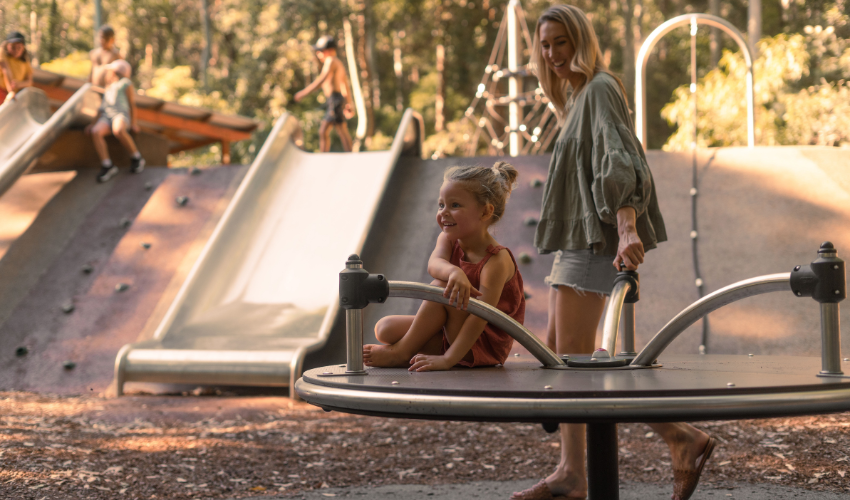
Blackbutt Reserve Playground
Did you know?
- You can organise a private reptile encounter or group booking in the Wildlife Arena with snakes, lizards and other reptiles. Costs apply.
- You can also arrange a private guided tour where you can see and touch animals during a fun-filled, one-hour journey which includes reptile encounters. Costs apply.
- You can BYO picnic and enjoy it at either Carnley or Richley Reserve. There’s also a Cafe at Carnley.
- Wildlife exhibits are open from 10am to 5pm daily and picnic facilities from 7am to 7pm.

